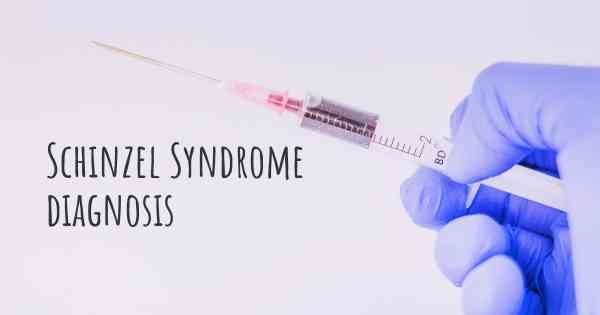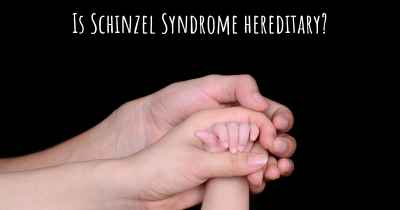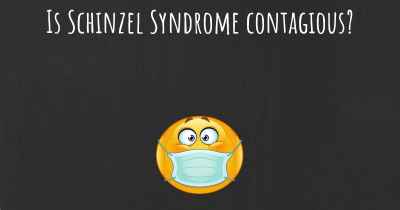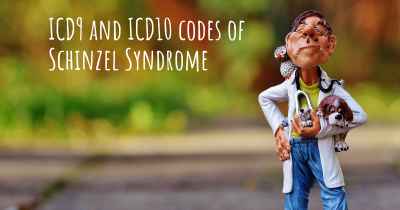How is Schinzel Syndrome diagnosed?
See how Schinzel Syndrome is diagnosed. Which specialists are essential to meet, what tests are needed and other useful information for the diagnosis of Schinzel Syndrome

Schinzel Syndrome, also known as 22q11.2 deletion syndrome, is a genetic disorder caused by the deletion of a small piece of chromosome 22. This syndrome can lead to a wide range of physical and developmental abnormalities. Diagnosing Schinzel Syndrome involves a comprehensive evaluation of an individual's medical history, physical examination, and specialized genetic testing.
Medical History: The first step in diagnosing Schinzel Syndrome is to gather a detailed medical history of the individual. This includes information about the individual's symptoms, developmental milestones, and any family history of genetic disorders. The healthcare provider may also inquire about any specific features commonly associated with Schinzel Syndrome, such as heart defects, immune system problems, or learning difficulties.
Physical Examination: A thorough physical examination is conducted to assess the individual for any physical abnormalities that may be indicative of Schinzel Syndrome. This may include evaluating facial features, heart sounds, and examining the individual's overall growth and development. The healthcare provider may also check for other associated features such as cleft palate, hearing loss, or abnormalities in the immune system.
Genetic Testing: The definitive diagnosis of Schinzel Syndrome is made through genetic testing. This typically involves a blood sample being taken from the individual and sent to a specialized laboratory for analysis. The laboratory will use techniques such as fluorescence in situ hybridization (FISH) or chromosomal microarray analysis (CMA) to detect the deletion of the specific region on chromosome 22 associated with Schinzel Syndrome. Genetic testing can confirm the presence of the deletion and provide valuable information about the size and location of the deletion.
It is important to note that Schinzel Syndrome can present with a wide range of symptoms and not all individuals will exhibit the same features. Therefore, a multidisciplinary approach involving various healthcare professionals, such as geneticists, pediatricians, and specialists in cardiology, immunology, and developmental disorders, may be necessary to accurately diagnose and manage Schinzel Syndrome.








